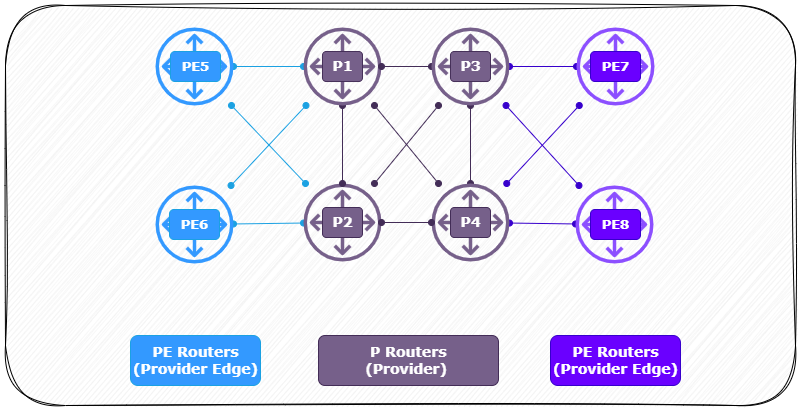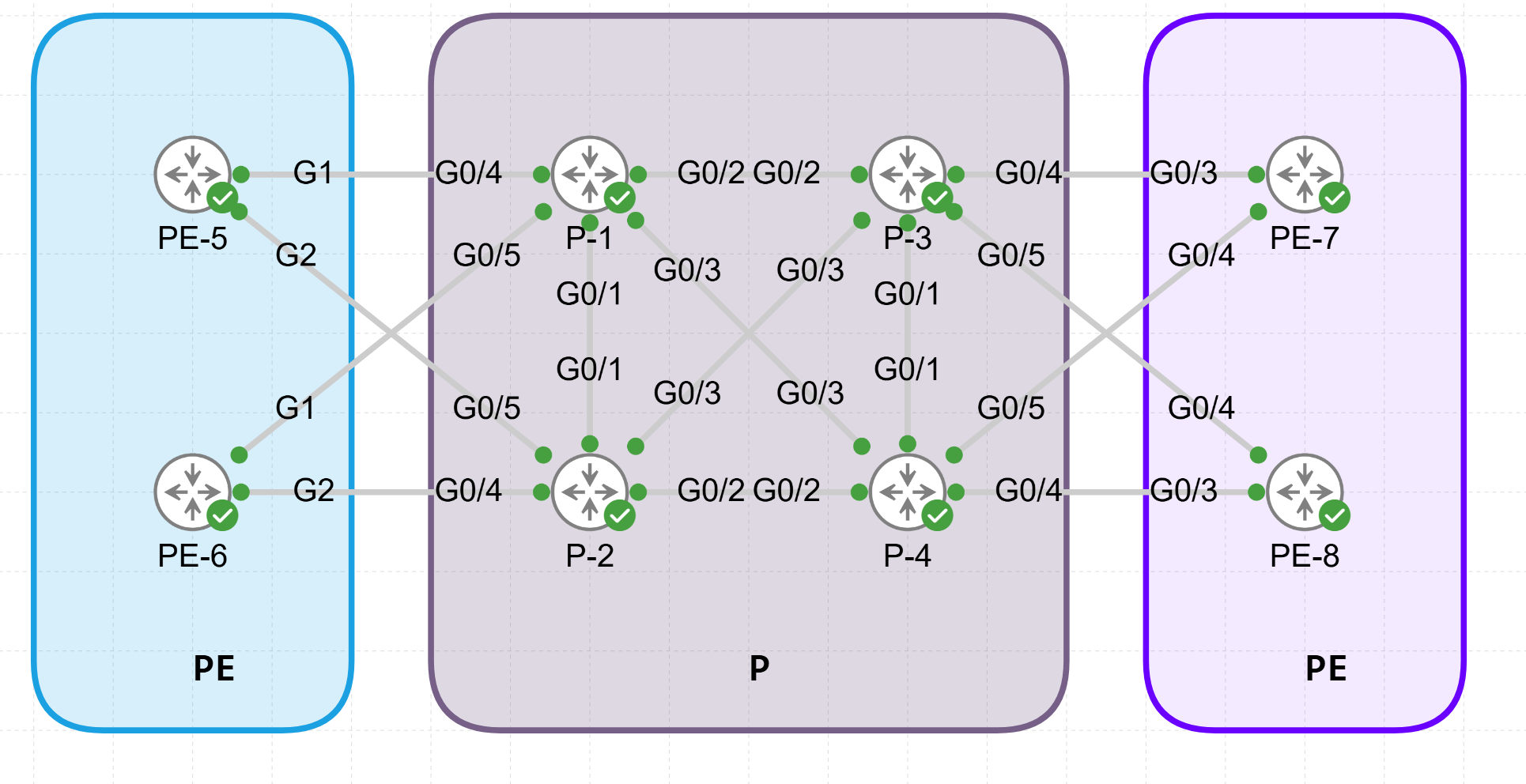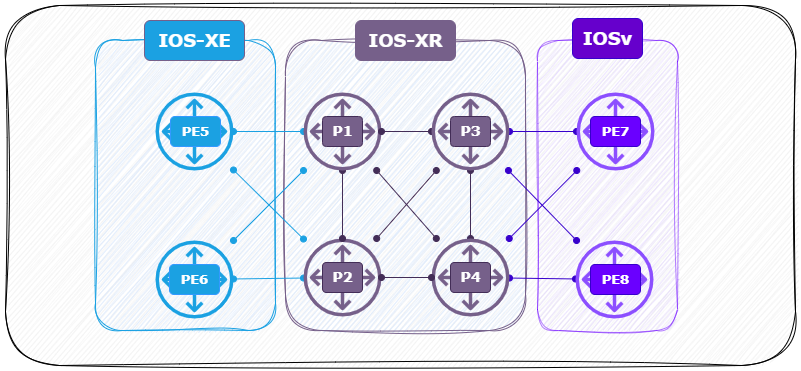
What is MPLS Segment Routing (MPLS-SR)?
In short MPLS Segment Routing (MPLS-SR) is a modern approach to routing in MPLS (Multiprotocol Label Switching) networks. It allows for the efficient steering of traffic through predefined network segments. These segments are advertised by link-state routing protocols (IS-IS, OSPFv2, and OSPFv3) within IGP topologies. With MPLS-SR, path control and traffic engineering can be achieved without the need for protocols like LDP or RSVP-TE, which are typically used to set up traffic-engineered paths in traditional MPLS networks. These segments are stacked as labels in packet headers, allowing routers to follow predefined paths for traffic without this additional state tracking. This simplifies traffic engineering, enhances scalability, and enables efficient routing.
In this lab I will demonstrate the process of migrating from a traditional MPLS setup (using MPLS, OSPF, and LDP) to an MPLS-SR configuration on IOS-XR and IOS-XE. In this guide, you will see the configuration steps required and differences between both operating systems.
Following this, I will configure a Segment Routing Mapping Server (SRMS) to map the prefixes of IOSv routers since they don’t support MPLS-SR.
MPLS Lab Setup (Baseline)
Labs download |
Using Cisco’s Modeling Labs (CML) I build the following MPLS lab using OSPF and LDP neighbor relationships.
- 2 x PE router ( Left ) (PE5, PE6) running CSR1000v with IOS-XE.
- 4 x P router ( Center ) (P1, P2, P3, P4) running XRv with IOS-XR.
- 2 x PE router ( Right ) (PE7, PE8) running IOSv with IOS.
Logical View:
Interfaces:


